KATHMANDU, Sept 7: The chariot procession of living goddess Kumari, traditional music, lakhe, pulukisi and samaybaji are some of the highlights of Indra Jatra. Every year, people gather at Basantapur with enthusiasm to enjoy the joyous and colorful festival of Indra Jatra.
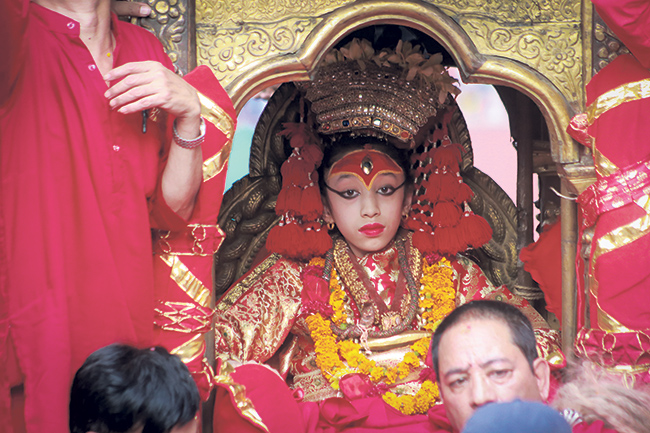 This year too, hundreds of people had gathered around the damaged temples of Basantapur Durbar Square to get a glimpse of Kumari, Lord Ganesh and Lord Bhairav being pulled around the city in three decorated chariots.
This year too, hundreds of people had gathered around the damaged temples of Basantapur Durbar Square to get a glimpse of Kumari, Lord Ganesh and Lord Bhairav being pulled around the city in three decorated chariots.
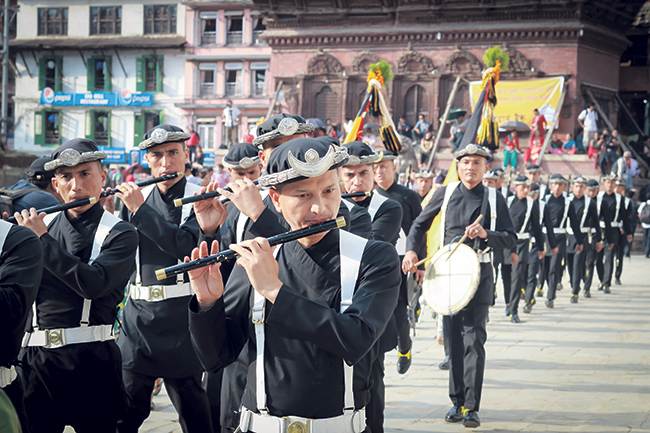 Indra Jatra, one of the biggest festivals of the Newar community, began from Sunday amid much fanfare. The festival dedicated to the god of rain and king of heaven, Indra, formally began with the erection of a lingo (sacred wooden pole) at Hanumandhoka in Basantapur Durbar Square on Sunday.
Indra Jatra, one of the biggest festivals of the Newar community, began from Sunday amid much fanfare. The festival dedicated to the god of rain and king of heaven, Indra, formally began with the erection of a lingo (sacred wooden pole) at Hanumandhoka in Basantapur Durbar Square on Sunday.
For the second day of Indra Jatra, the chariots were pulled around Basantapur-Yetkha-Nardevi-Bhedasing-Ason-Indrachowk-Basantapur on Wednesday.
NYC to hold first Asian American and Pacific Islander parade

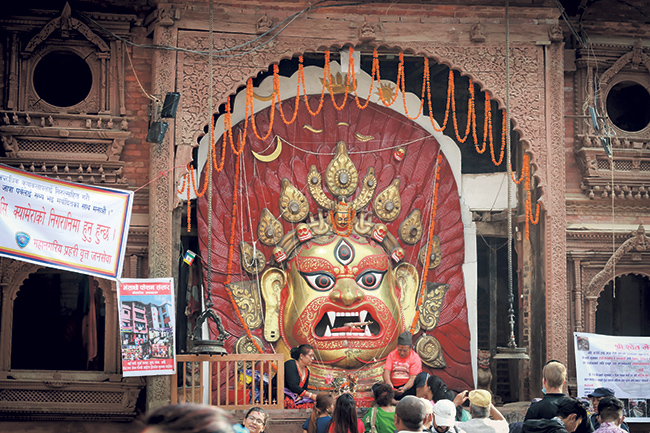 Apart from the chariot procession, the lakhe and jhyalincha dances are one of the most revered parts of the Jatra. With evident scare, people were eagerly waiting for pulukisi (a man dressed as a white elephant that is believed to be Lord Indra’s ride).
Apart from the chariot procession, the lakhe and jhyalincha dances are one of the most revered parts of the Jatra. With evident scare, people were eagerly waiting for pulukisi (a man dressed as a white elephant that is believed to be Lord Indra’s ride).
Moreover, groups of people from different bahals and guthis move along the chariot procession with traditional musical instruments. Though a recent development, young girls were also seen among the crowd playing dhime baja (a traditional musical instrument) and other instruments.
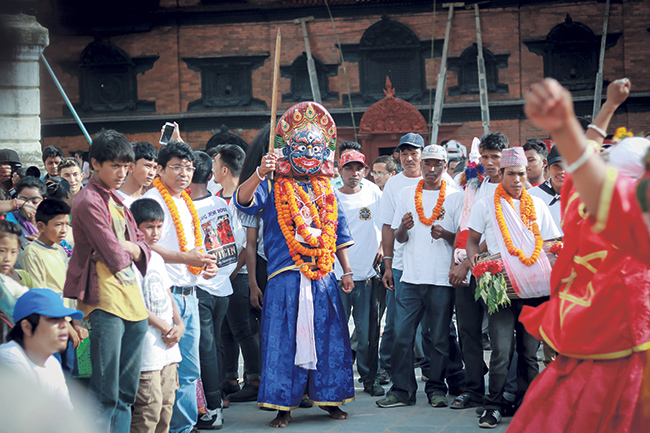 From Jaisidewal to Ason area, where the chariots are pulled on different days along different routes, one can also see heaps of samaybaji (layers of beaten rice decorated with different kinds of side dishes like fried ginger, meat, fish and boiled egg). Different guthis display samaybaji at main areas like Jaisidewal, Janabahal and Ason, among others.
From Jaisidewal to Ason area, where the chariots are pulled on different days along different routes, one can also see heaps of samaybaji (layers of beaten rice decorated with different kinds of side dishes like fried ginger, meat, fish and boiled egg). Different guthis display samaybaji at main areas like Jaisidewal, Janabahal and Ason, among others.
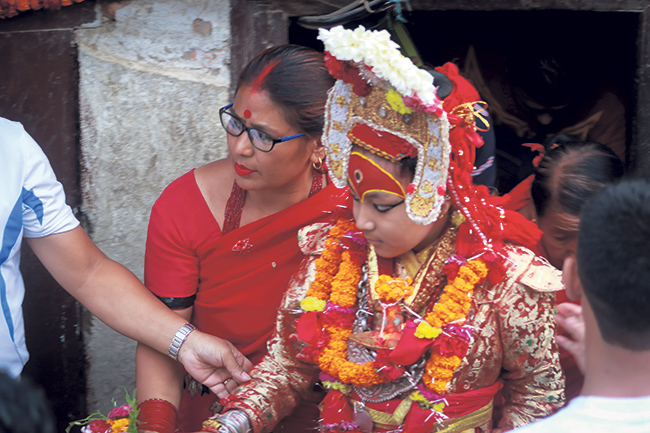 Idols of Aakash Bhairab at Indrachowk and Swet Bhairab at Hanumandhoka are also taken out during Indra Jatra. At Hanumandhoka, a huge crowd of young people can be seen struggling through the crowd to drink rice beer that is distributed through a pipe coming out from Lord Swet Bhairab’s mouth.
Idols of Aakash Bhairab at Indrachowk and Swet Bhairab at Hanumandhoka are also taken out during Indra Jatra. At Hanumandhoka, a huge crowd of young people can be seen struggling through the crowd to drink rice beer that is distributed through a pipe coming out from Lord Swet Bhairab’s mouth.
As many as 29 guthis have come together for the Valley’s one of the most prominent festivals.






































